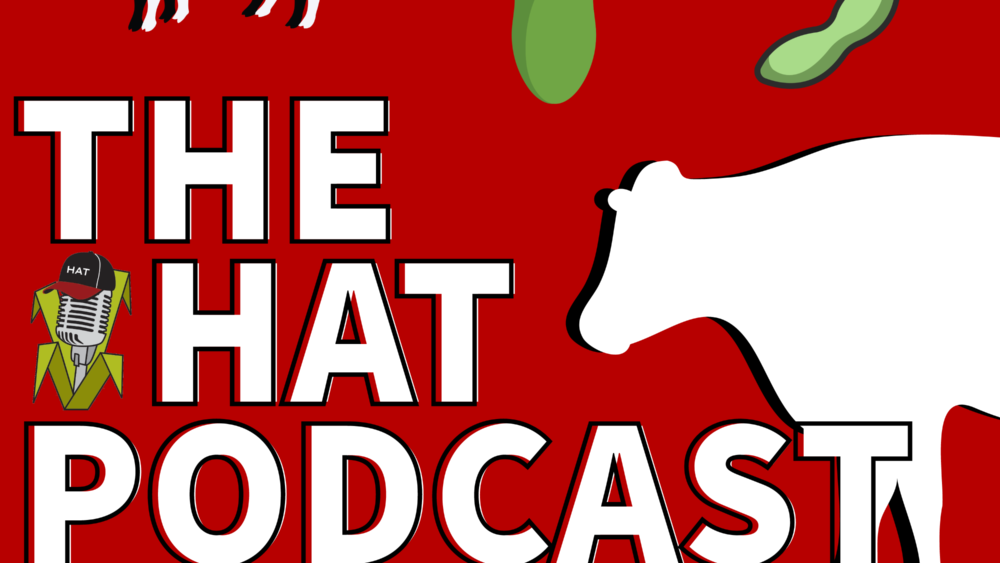 image009.jpg@01CE6CE4.660D8B30“>
image009.jpg@01CE6CE4.660D8B30“>
|
Closing Comments Corn reacted positively to a “bullish” USDA Report, +6 (Dec). WASDE erased fears of reduced exports by upping their estimate by 125 mbu. The fact that world crop production was lowered due to smaller crops in Russia, Brazil and the Ukraine also helped the cause. Here stateside, WASDE lowered the 2018/19 ending stocks estimate by 25 mbu from the June Report, along with 2017/18 due to stronger exports and food/industrial use. Even with a record yield of 180 bpa, corn ending stocks for 2018/19 would be less than last year. If all the distractions to market fundamentals can be set aside, corn should be viewed as undervalued at this point in the season. Soybeans experienced volatility on both sides of unchanged, as the Report today was viewed as bearish beans. The November contract was able to fight against the odds to finish, +1 (Nov). The good news is that now the market knows WASDE’s export expectations, as the trade war with China has left many unanswered questions. WASDE’s export numbers were also calculated under the assumption that the trade war will be in force for the remainder of the crop year. However, the cut is substantial as soybean exports are seen to decline by 250 mbu in 2018/19. This upped forecasted ending stocks by 195 mbu. Meanwhile, Brazilian exports are expected to increase by 2.25 MMT. With some of the market pressure now relieved, the focus from here will be on weather and yields. Wheat did its part to help propel the CBOT higher, as the Report today was viewed “bullish”. A decrease in world wheat production of 9.3 MMT could be a big help to U.S. exports and leave room for an adjustment higher at a future date. The Report gave wheat exports a 25 mbu increase, but that has the potential of increasing to 50-75 mbu. Russia, Ukraine and the EU were all downgraded, contributing to optimism. According to AgResource, the major world wheat exporter stock/use ratio is now below 2007. Hopefully the U.S. can capitalize on the situation, and become competitive on the world stage for Egyptian business, etc. In the U.S., 2018/19 ending stocks were seen at 985 mbu which is 115 mbu lower than this year. Results from today included: Chicago SRW +12 ¾, Kansas City HRW +7 ¼ and Minneapolis HRS +7 ½ (Sept). Live Cattle were able to offer modest recovery bounce, but are still behind on the week, +1.175 (Aug). The market had become a bit oversold heading into today’s session. Like hogs, cattle has been susceptible to concerns of too much domestic supply on hand if exports are punished by trade squabbling. Healthy slaughter margins are continuing to support cattle prices. Hogs were able to slow the bleeding today, +1.625 (Aug). The last several sessions have resulted in steep losses with August futures down over $6. Hams are an area of weakness for the pork complex, as Mexico has bought over 97% of fresh/chilled ham exports. Tariffs started this past Friday and ham values have spiraled lower. Hog futures will likely continue to feel the pressure until trade disputes are resolved based on their vulnerability to the export market. |
|
Closing Market Snapshot |
|
|
|
|
|
All opinions expressed in this commentary are solely those of Water Street Advisory. This data and these comments are provided for information purposes only and are not intended to be used for specific trading strategies. Although all information is believed to be reliable, we cannot guarantee its accuracy or completeness. There is significant risk of loss involved in commodity futures and options trading and may not be suitable for all investors. |
|
www.waterstreetconsulting.com |


